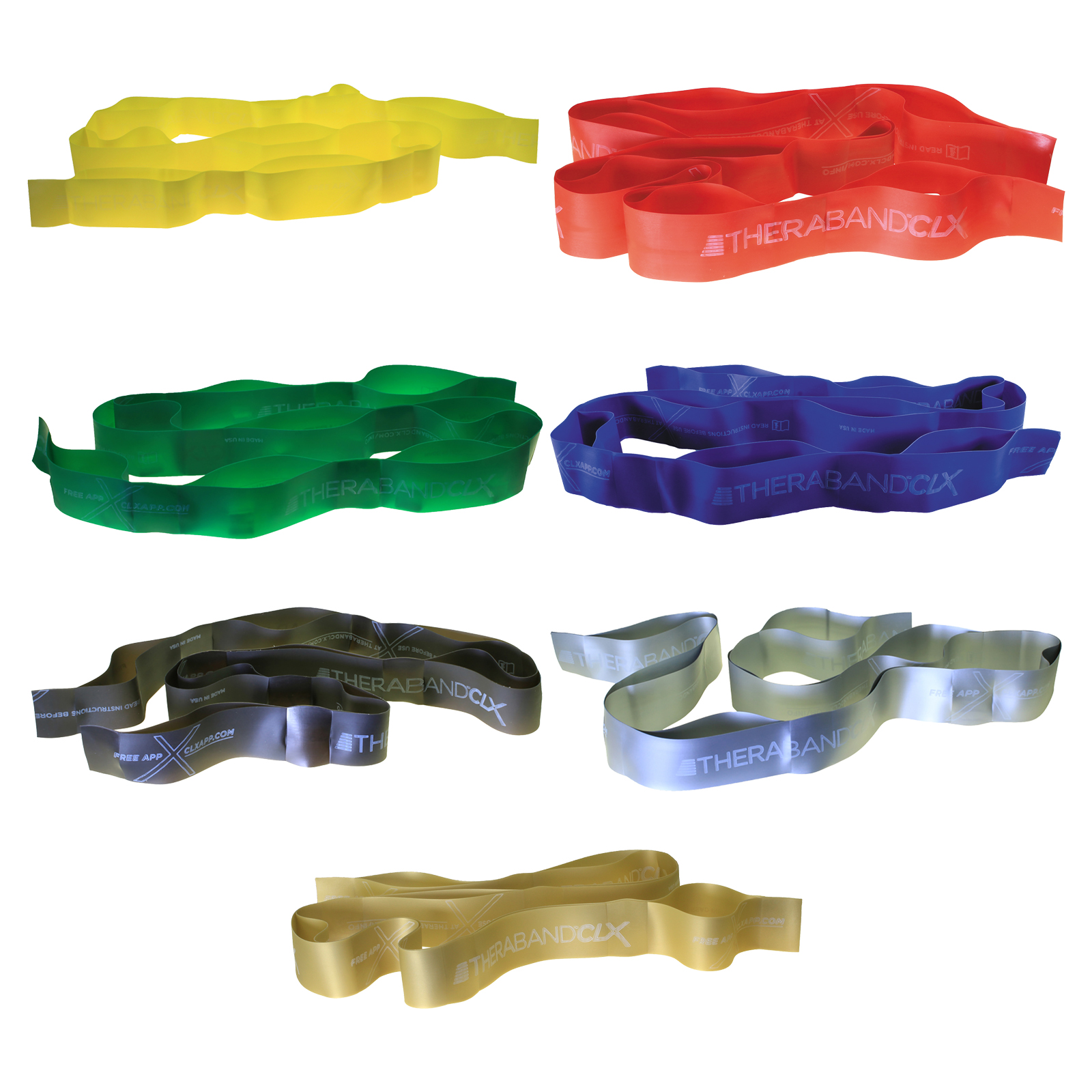Strength training is recommended for people with hemophilia; however, published data are anecdotal and have methodological limitations. The purpose of this study was to evaluate the safety and effectiveness of progressive moderate-to-vigorous intensity elastic resistance training on physical function and pain in this patient population.
Methods: A randomized controlled trial was conducted in a university laboratory setting where 20 patients (17 with severe, 1 with moderate, and 2 with mild hemophilia) aged 21 to 53 years received evaluations at baseline and 8-week follow-up. Participants were allocated to intervention (progressive strength training) or control (usual daily activities) groups. The intervention group trained 2 days per week during 8 weeks with elastic resistance. Intensity during the first 2 weeks was a 20-repetition maximum and increased progressively toward 15, 12, and finally 10 repetition maximum. The primary outcome was muscle strength. Secondary outcomes were the Timed «Up and Go» Test score, sit-to-stand, range of motion, Haemophilia Joint Health Score, kinesiophobia score, global impression of pain change, general self-rated health status, and desire to exercise.
Results: The intervention group showed greater strength improvements than the control group in almost all of the joints, with moderate to high effect sizes. The intervention group also showed better Timed «Up and Go» and sit-to-stand scores than the control group (moderate effect size), greater range of motion at the knee flexion with the right leg (trivial effect size), and better Haemophilia Joint Health Score at the left knee (small effect size). The intervention group showed greater overall pain reduction, self-rated overall status, and desire to exercise than the control group.
Conclusions: Progressive strength training with elastic resistance performed twice a week during 8 weeks is safe and effective in people with hemophilia to improve muscle strength and functional capacity, reduce general pain, and improve self-rated health status and desire to exercise.

